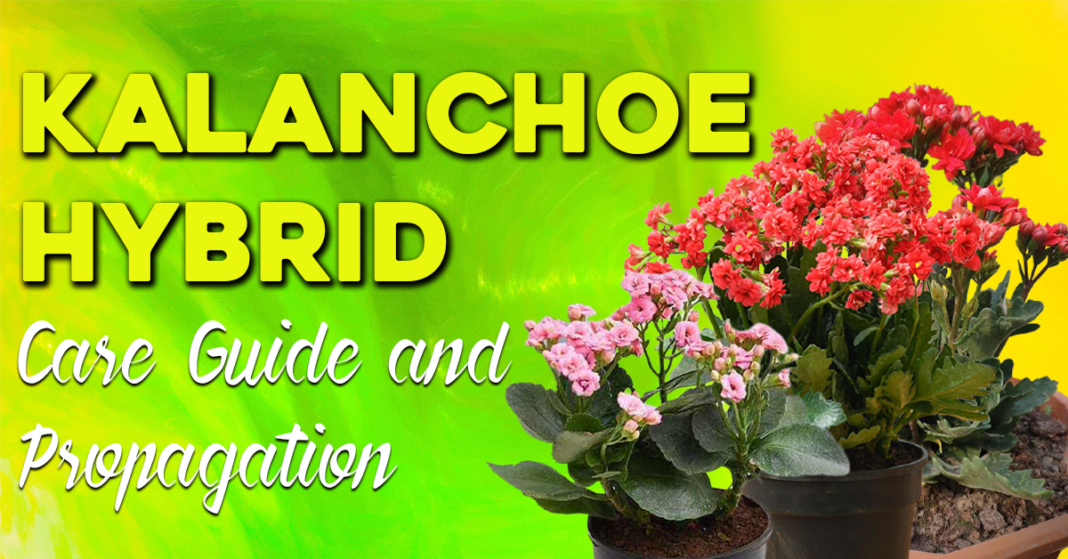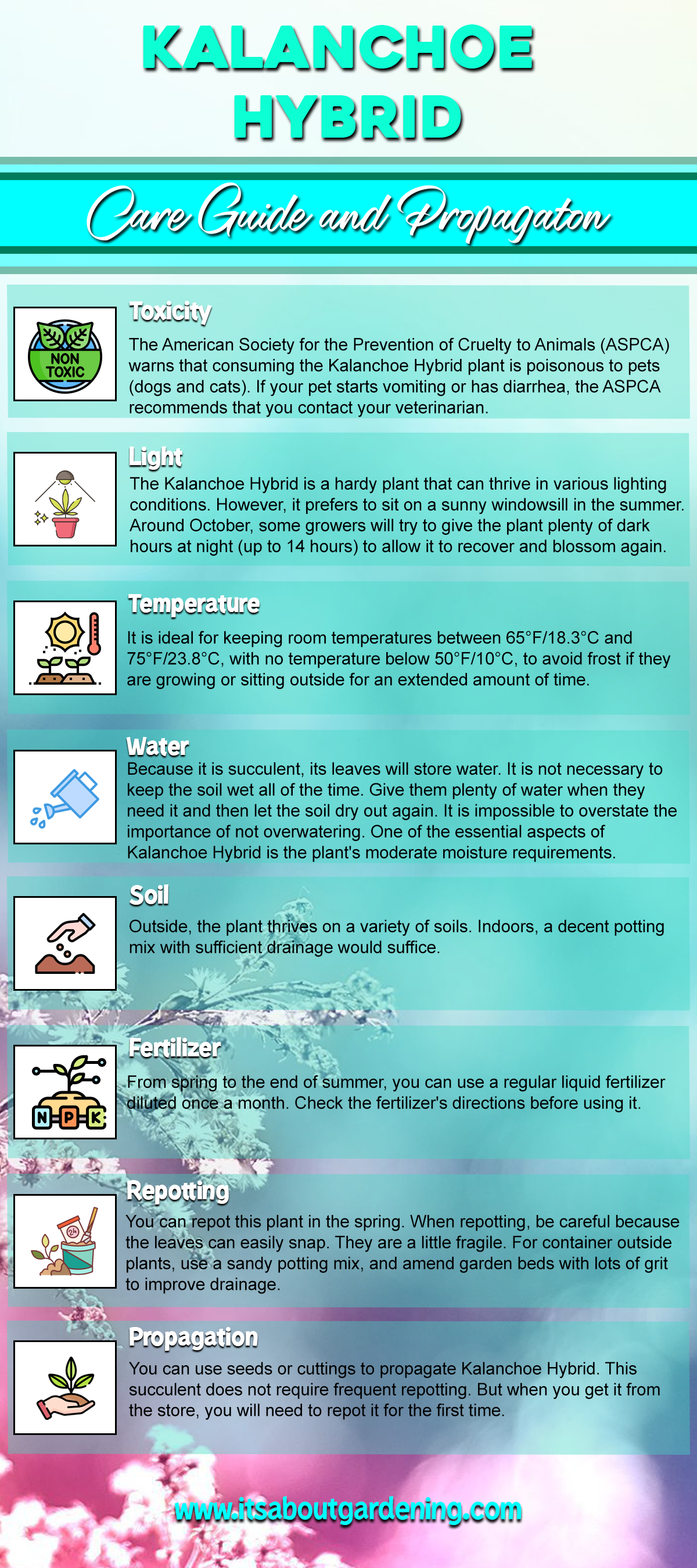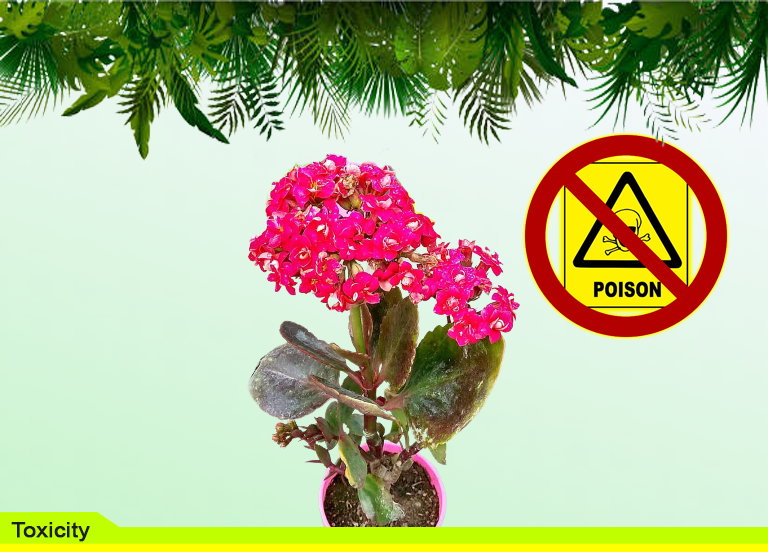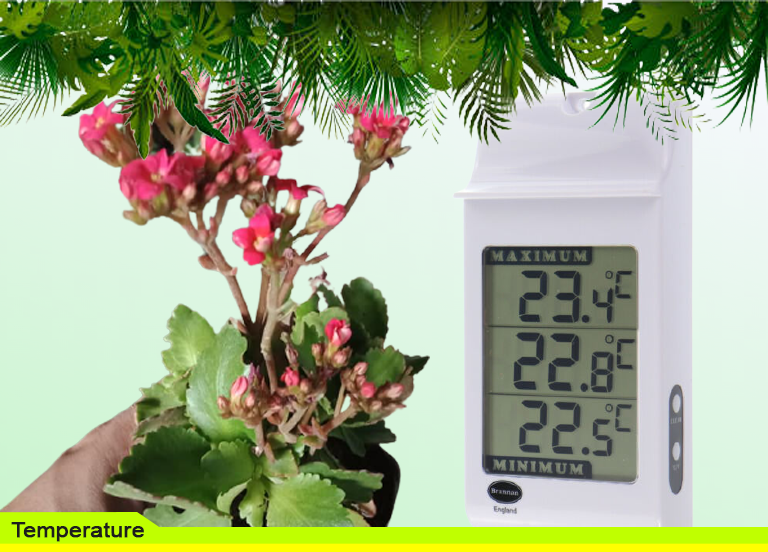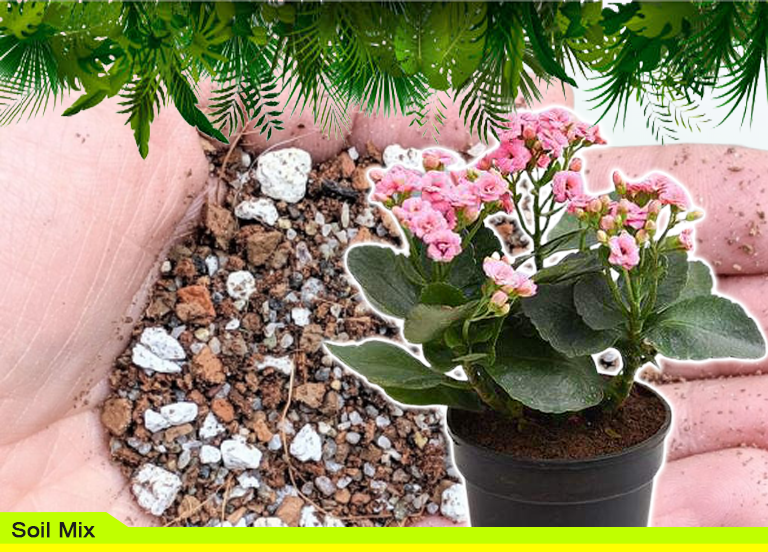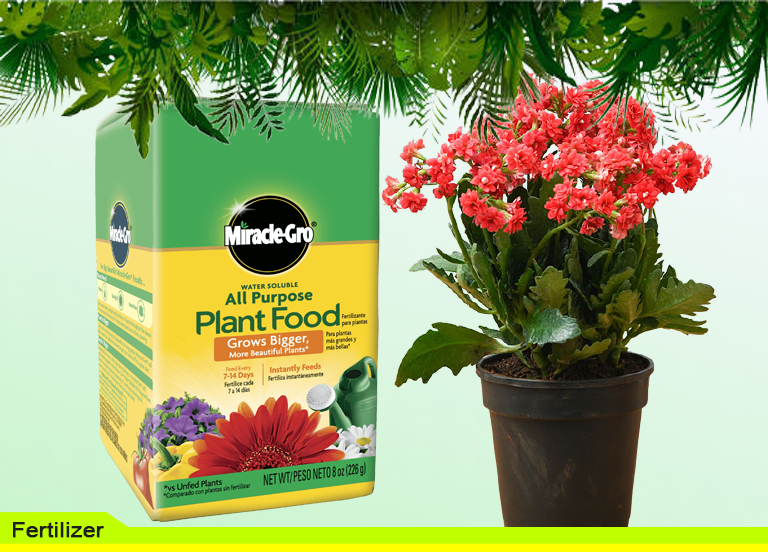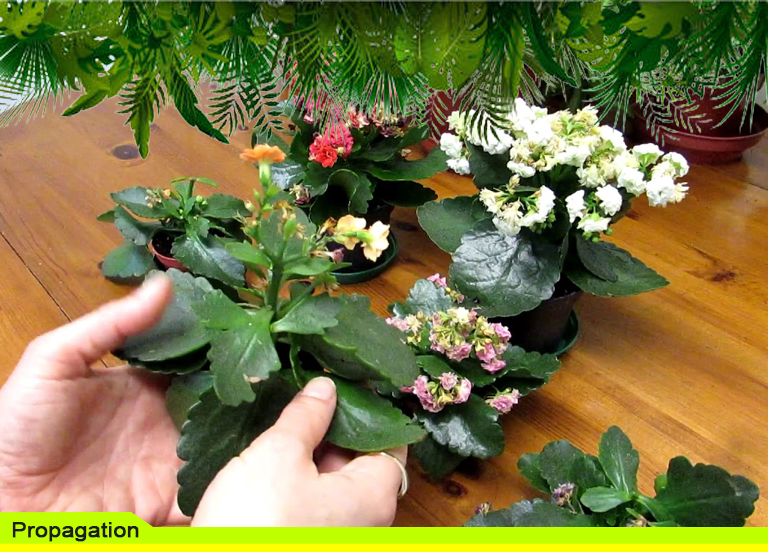The Kalanchoe Hybrid is a great way to beat the winter blues. You can utilize the plant as an indoor plant; however, it is possible to grow hybrids outdoors in warmer climates.
The hybrid’s sparkling green, scalloped leaves and dazzling flowers brighten any atmosphere, and it is easy to care for and grow. Learn more about Kalanchoe Hybrid plants and add some colorful tones and unusual foliage to your home.
Quick Knowledge about Kalanchoe Hybrid
- Full sun is preferred.
- You can cultivate this in the open air
- It reaches a height of 45 cm (1.5 feet).
- It can reach a width of 50 cm (1.6ft).
- If overwatered, it can quickly perish. It also has a hard time coping with the cold.
- Zones 10-11b (-1.1 °C) are preferred (30 F)
- Offsets are the most effective means of propagation.
- Flowers come in various colors, including red, pink, yellow, white, and purple.
The Kalanchoe Hybrid
Description: The succulent plant family includes the Kalanchoe Hybrid. You can find this attractive specimen in the floral gift area of your local supermarket or large box nursery, but do not be fooled by its accessibility. The Kalanchoe Hybrid houseplant is a show-stopper, especially if you need some color and a new plant companion.
The leaves are waxy and thick, similar to those of a jade plant, but they have a sculpted edge. Plants reach a height of around 30 cm and a width of just a few inches less. Bright colors including pink, yellow, orange, and red make the blossoms a true show stopper.
The plants prefer drier conditions and demand well-drained soil. Overwatered Kalanchoe Hybrid houseplants will show their discontent by yellowing, falling leaves, and rotting stems.
Blooms of Kalanchoe Hybrid
These plants were previously known as flowering gift plants since you discard them after the blossoms died. They can, however, bloom multiple times indoors at any time of year. It is better to cut these back as soon as the existing flowers have faded or died, as this will promote new buds and blossoming.
Taking cuttings from the Kalanchoe Hybrid and propagating them can allow a grower to make new plants and increase the likelihood of seeing additional flowers.
Toxicity
The American Society for the Prevention of Cruelty to Animals (ASPCA) warns that consuming the Kalanchoe Hybrid plant is poisonous to pets (dogs and cats). If your pet starts vomiting or has diarrhea, the ASPCA recommends that you contact your veterinarian.
Scientific Information
Family: Crassulaceae
Subfamily: Sedoideae
Tribe: Kalanchoe
Genus: Kalanchoe
General Care for Growing Kalanchoe Hybrid
Kalanchoes are commonly grown as houseplants, but they can also be grown outdoors. They require intense sunlight and temperatures of 65 to 70 degrees Fahrenheit (18-21 C.).
This plant should not be grown from seed. Starts are inexpensive and develop quickly from full sun to partial shade. Lower light levels encourage healthier foliage, but the plants will still flower. Kalanchoe Hybrid necessitates a minimum of six weeks of shorter days and up to twelve weeks for more compact flowers.
Light
The Kalanchoe Hybrid is a hardy plant that can thrive in various lighting conditions. However, it prefers to sit on a sunny windowsill in the summer. Around October, some growers will try to give the plant plenty of dark hours at night (up to 14 hours) to allow it to recover and blossom again.
Temperature
It is ideal for keeping room temperatures between 65°F/18.3°C and 75°F/23.8°C, with no temperature below 50°F/10°C, to avoid frost if they are growing or sitting outside for an extended amount of time.
Water
Because it is succulent, its leaves will store water. It is not necessary to keep the soil wet all of the time. Give them plenty of water when they need it and then let the soil dry out again.
It is impossible to overstate the importance of not overwatering. One of the essential aspects of Kalanchoe Hybrid is the plant’s moderate moisture requirements. Fertilize monthly with a bland flowering plant food during the blooming season.
The plants are native to Madagascar, and they do not like wet soil, freezing weather, or being in the shade. Even a mild freeze will kill the plant, but it makes a beautiful patio plant in the summer. When the weather becomes cold, bring it inside and use it as an adornment.
Soil
Outside, the plant thrives on a variety of soils. Indoors, a decent potting mix with sufficient drainage would suffice.
Fertilizer
From spring to the end of summer, you can use a regular liquid fertilizer diluted once a month. Check the fertilizer’s directions before using it.
Repotting
You can repot this plant in the spring. When repotting, be careful because the leaves can easily snap. They are a little fragile.
For container outside plants, use a sandy potting mix, and amend garden beds with lots of grit to improve drainage. You only need to water if the weather is consistently hot and dry. To avoid water spots and decay on the leaves, water from the base of the plant. Before watering again, allow the top of the soil to dry out completely.
To improve the appearance of the plant, remove any wasted blossoms and pinch off any dead foliage. Even when not in bloom, it is a gorgeous foliage plant with dense leaves that conserve moisture. It is time to water when the leaves are lightly wrinkled. If you follow these tips for caring for Kalanchoe Hybrid, you will have a winner for many seasons.
Kalanchoe Hybrid Propagation
You can use seeds or cuttings to propagate Kalanchoe Hybrid. This succulent does not require frequent repotting. But when you get it from the store, you will need to repot it for the first time.
From Cuttings
Cut a leaf from the mother plant carefully with a clean knife or scissors for reproducing Kalanchoe Hybrid.
Callouses should be evident a few days before replanting. For your new succulent plant, choose well-draining soil. When the soil dries out, do not forget to water it.
From Offset
You may have to wait several years for the primary plant to generate an offset before you may propagate from it.
To get started, cut the baby plant from the main plant with a sharp knife. After removing the surplus soil from the offset, clean up the mess. Callouses should be evident a few days before replanting.
For your new succulent plant, choose a well-draining soil mix. When the soil dries out, do not forget to water it.
From Seed
This succulent is a slow grower; therefore, even though you can use seeds to reproduce it, it is not recommended. Plant the seeds in a well-draining soil combination to propagate from them. You can utilize this procedure in the open air.
Take Note: Overall, this is a hardy plant that is simple to care for and looks lovely sitting gracefully on a window ledge. The tricky part is producing flowers after the final bloom. Take cuttings and propagate a new plant.

